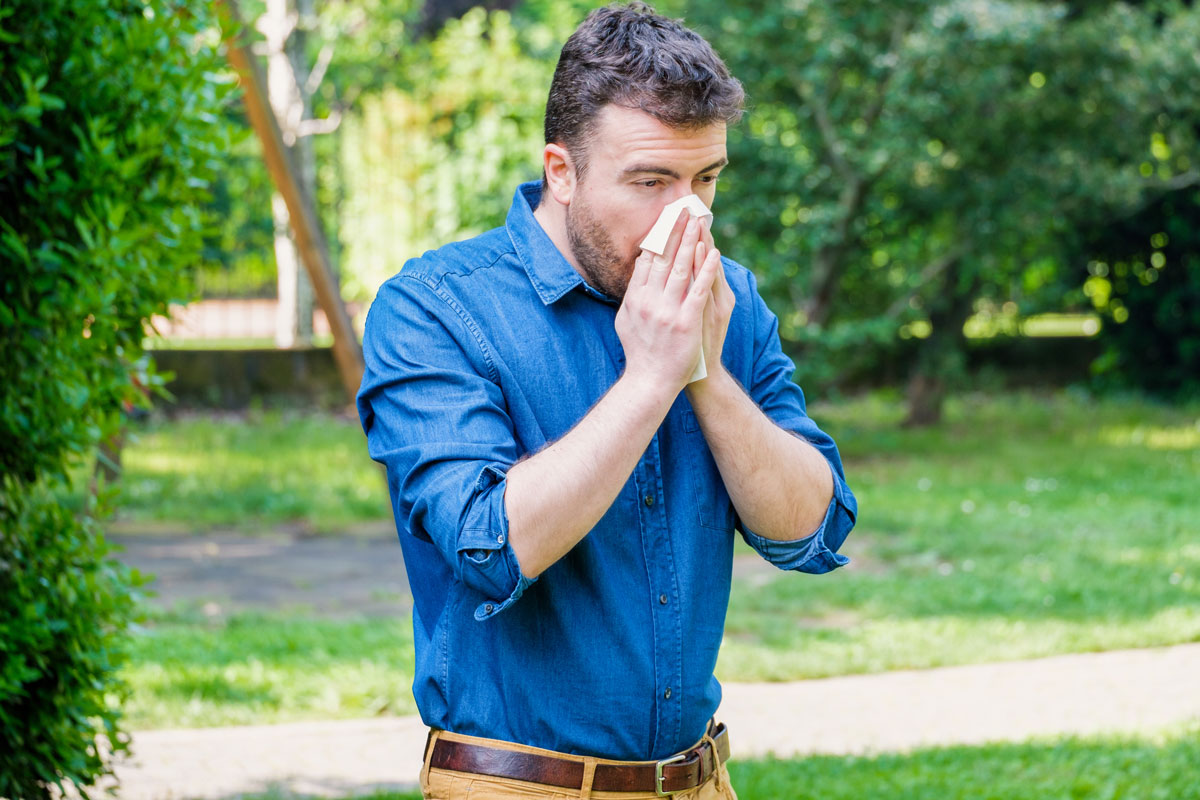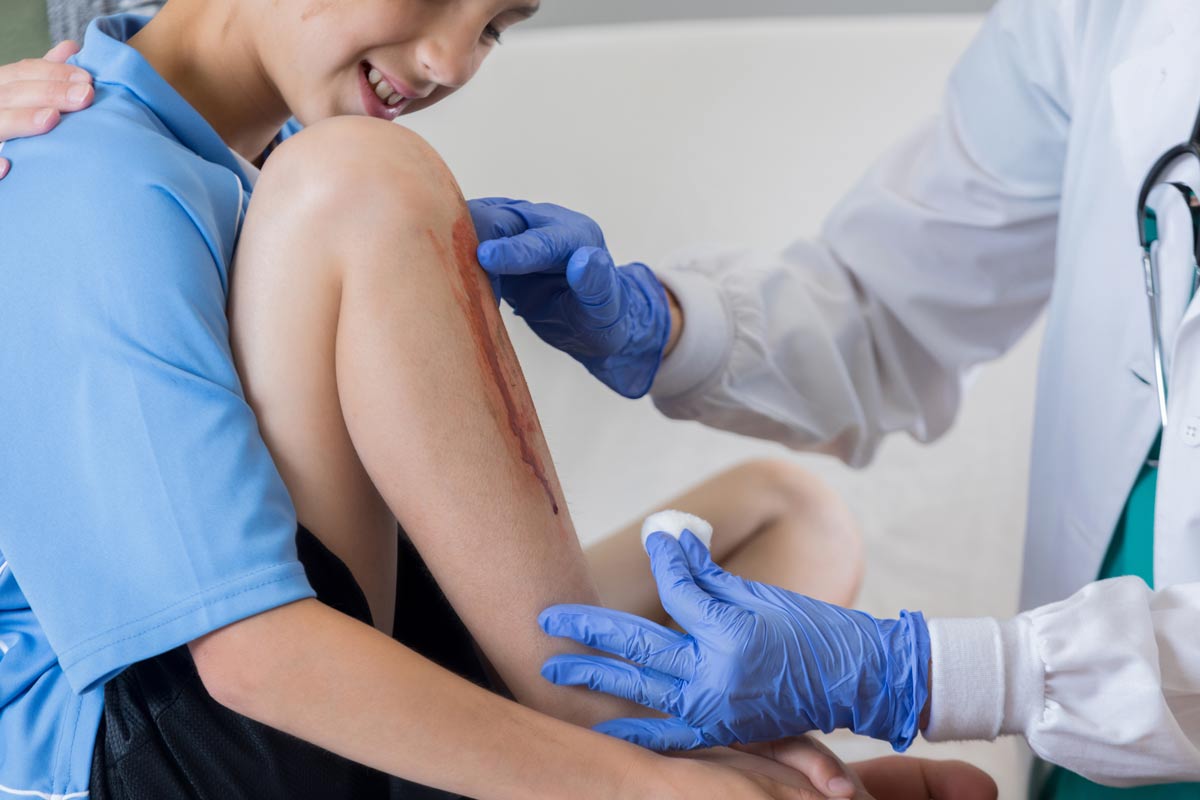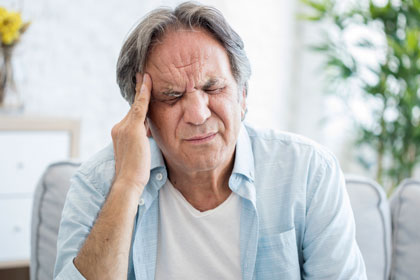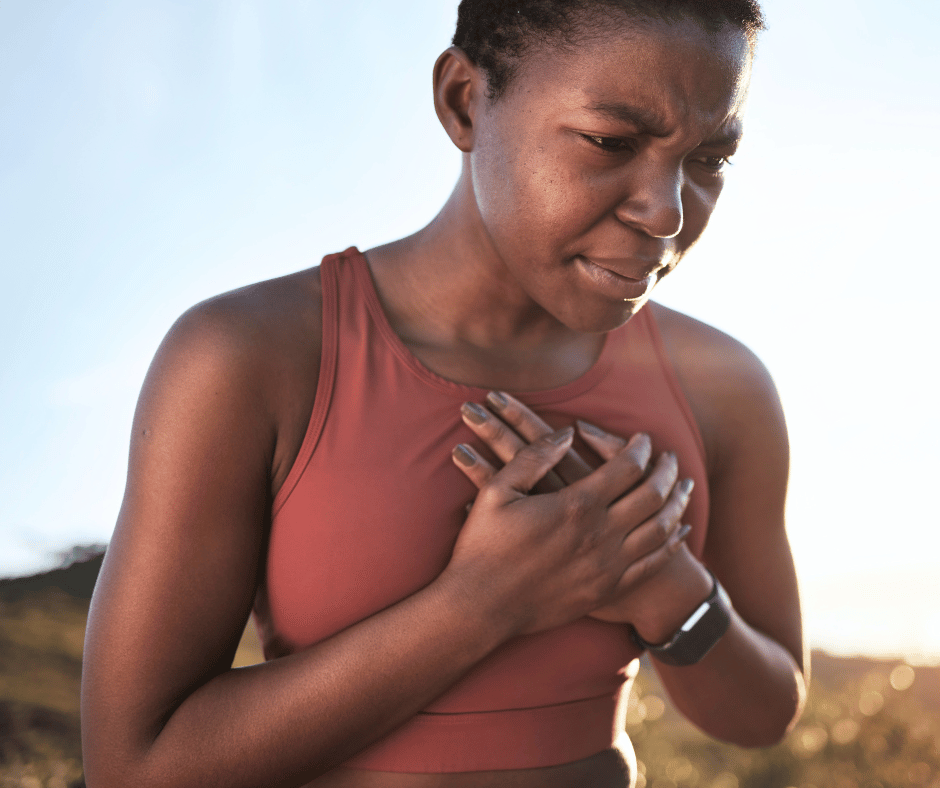- Heart disease is the leading cause of death for men, women, and people of most racial and ethnic groups.
- One person dies every 33 seconds from cardiovascular disease.
- In 2022, 702,880 people died from heart disease. That’s the equivalent of 1 in every 5 deaths.
Heart diseases can include blood vessel diseases, such as coronary artery disease, heart rhythm problems or arrhythmias, congenital heart defects, heart valve disease, disease of the heart muscle, and heart infection.
- In the United States, someone has a heart attack every 40 seconds.
- Approximately 805,000 people in the U.S. have a heart attack each year.
- About 1 in 5 heart attacks are silent, meaning the damage is done, but the person is not aware of it.
Heart attacks are also a leading cause of death worldwide for both men and women. Your heart is a muscle that needs oxygen to survive. A heart attack occurs when the blood flow that brings oxygen to the heart is reduced or cut off. The blockage is usually due to a buildup of fat, cholesterol, and other substances in the heart (coronary) arteries. If blood flow is reduced or stopped for too long, the heart begins to die.
Comparing the Male and Female Heart
- Men and women have differences in heart and blood vessel size.
- Men and women display differences in their anatomy and physiology, from the lungs and brain to muscles and joints. They also have differences in their cardiovascular systems. Compared to men, women have smaller hearts and narrower blood vessels.
- Men and women experience cholesterol buildup in different areas.
Heart Disease Symptoms in Men and Women
Women are more likely to die from heart disease than men, partly because their symptoms are often misdiagnosed. Understanding the male and female heart, the warning signs of heart disease and its effect, and the distinction between heart attacks and heart disease is crucial for saving lives.
Risk Factors and Outcomes
Women are more likely to die from heart disease than men, with nearly 400,000 women dying from heart disease each year in the U.S.
- Women have unique risk factors for heart disease, including endometriosis, polycystic ovary disease (PCOS), gestational diabetes, and high blood pressure during pregnancy.
- Women’s risk of developing heart disease increases after menopause, with estrogen levels dropping and traditional risk factors becoming more prominent.
- Women can develop heart disease at any age, but their risk increases after menopause, usually by age 55.
- Women are less likely to receive a diagnosis of heart disease or have heart-related tests when presenting with symptoms compared to men.
- Women tend to have a higher mortality rate after a heart attack than men, partly due to untreated risk factors and inadequate treatment.
How Men and Women Experience a Heart Attack
About every 40 seconds, someone in the United States has a heart attack.
A heart attack occurs when cholesterol plaque builds up inside the walls of arteries and damages the major blood vessels.
- Men typically develop this plaque buildup in the largest arteries that supply blood to the heart.
- Women are more likely to develop this buildup in the heart’s smallest blood vessels, the microvasculature.
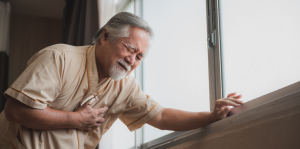
Warning Signs: How Does a Heart Attack Feel?
A heart attack does not always look or feel the same in women compared to men. Men typically present to healthcare providers with chest pain. While chest pain is the most common symptom for both men and women, there are notable differences in how heart attacks present:
- Men: Typically experience chest pain, pressure, or tightness.
- Women: May have additional symptoms such as shortness of breath, nausea/vomiting, and back or jaw pain. Women are also more likely to ignore their symptoms.
Women may also experience chest pressure (it’s still the leading complaint), but they are more likely than men to also report:
- Nausea
- Sweating
- Vomiting
- Pain in the neck, jaw, throat, abdomen or back
Women are more likely than men to suffer from heart diseases that mimic a heart attack. For instance, women are more likely to experience:
- A coronary spasm: A blood vessel clamps down and mimics a heart attack.
- A coronary dissection: The wall of a blood vessel tears.
- Broken heart syndrome: This is a chemical heart attack where enzymes in the blood and changes in the heart muscles resemble a heart attack, but there are no blocked arteries like you see in coronary artery disease.
When to Go to the Emergency Room
No matter your gender or age, pain in the left or middle of your heart can indicate a heart attack. Monitor your symptoms and go to the emergency room immediately if:
- You feel pressure, fullness, pain, or squeezing in your chest
- You feel faint or lightheaded
- You experience discomfort in the back, neck, or jaw
- You feel pain in your shoulders or arms
- You feel short of breath
- You are nauseated
Lowering the Risk of Heart Disease
Risk factors for heart disease include high blood pressure, high cholesterol, smoking, diabetes, overweight and obesity, unhealthy diet, physical inactivity, and excessive alcohol use.
Heart disease is avoidable, even if you have a family history. Lifestyle changes, like eating healthy foods, staying active, and managing stress, can significantly prevent cardiovascular disease or keep it from worsening. Consult your doctor to evaluate and begin a wellness plan for a healthier lifestyle.
Always seek emergency medical care for chest pain, shortness of breath, or fainting. In the event of a heart attack, call 9-1-1.
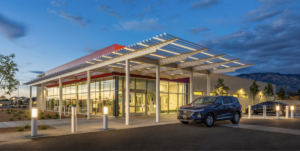
Find the Right Care for You at PRESNow 24/7 Urgent and Emergency Care
Unlike most ERs or urgent care centers in the area, PRESNow 24/7 Urgent and Emergency Care in Albuquerque, patients are only billed for the level of services they need. The ER and urgent care are open 24 hours a day, every day. No appointment is required for in-person visits.
PRESNow 24/7 Urgent and Emergency Care has four convenient locations:
- PRESNow 24/7 Urgent and Emergency Care Paseo/San Pedro is located at 6400 Paseo Del Norte Blvd. NE, Albuquerque, NM 87113, and may be reached at 505-596-2100.
- PRESNow 24/7 Urgent and Emergency Care Coors/Western Trail is located at 4515 Coors Blvd. NW Albuquerque, NM 87120, and may be reached at 505-596-2200.
- PRESNow 24/7 Urgent and Emergency Care Isleta/Rio Bravo is located at 3436 Isleta Blvd SW, Albuquerque, NM 87105, and may be reached at 505-596-2300.
- PRESNow 24/7 Urgent and Emergency Care Menaul/Pennsylvania is located at 7400 Menaul Blvd NE, Albuquerque, NM 87110, and may be reached at 505-596-2400.




